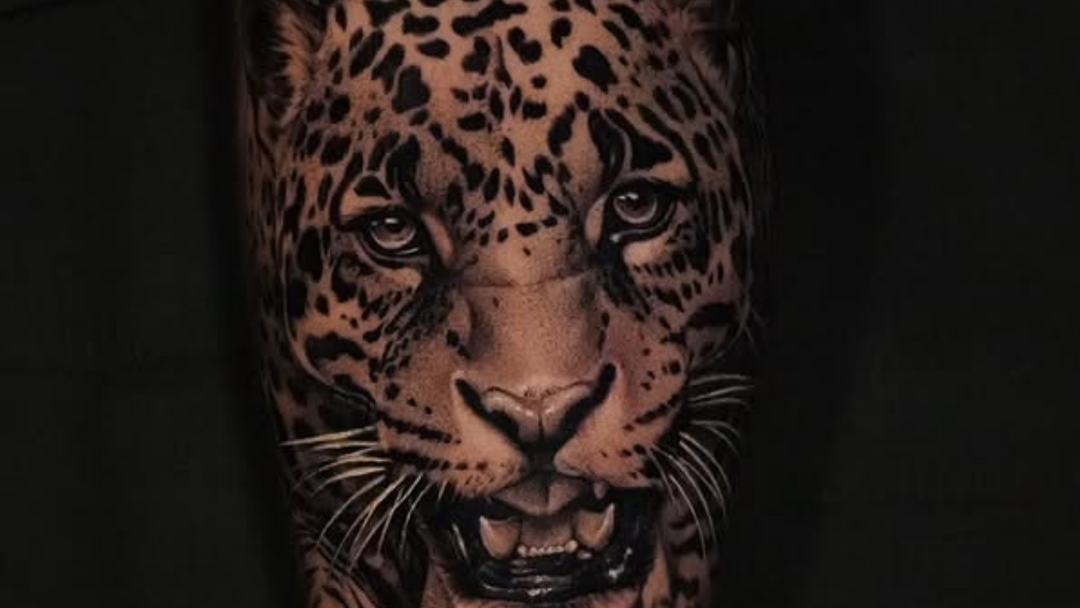Whether you're a traditional tattoo or permanent makeup (PMU) artist, proper shading can be the difference between a subpar and an exceptional outcome. When done correctly, it can breathe life and add depth and dimension to an artwork. However, even talented artists might commit errors that can compromise their shading and, consequently, the quality of their work.
Here are the mistakes you must avoid when shading and what you can do instead to maximize the quality of your output.

Ignoring the Basics
Understanding the various types of needles, such as the best tattoo needles for lining or which micropigmentation needle to use for specific procedures, is fundamental. Different needle types serve a particular purpose, so using the wrong one can cause poor shading quality. Depending on the gradients or effects you want to achieve, round shaders, magnum shaders, or the new 3RL flat hybrid may be your best choice.
Overlooking your PMU Needle Options
While they share many similarities with standard tattoo needles, PMU cartridge needles are usually thinner because the skin on the face is more delicate than on most parts of the body. Thinner diameter needles help ensure optimal pigment deposition, leading to natural-looking results. For PMU, the aim is to deposit pigment in more translucent layers and gradually build up color. Novice artists using unideal needle types could over saturate too quickly or cause significant discomfort to the clients.
Neglecting Needle Depth
Failing to adjust for optimal needle depth can mess up your output, even if you're using the best tattoo needles for shade work. Depth control is vital. Too shallow, and the pigment may not hold well and fade too much and too soon. Your gradients and shadows may appear too faint. Too deep, and your client may experience excessive skin trauma, leading to longer healing times and scarring.
Overworking the Skin
As a tattoo or PMU artist, you need to know the skin's limit. Going over an area too many times or using too much pressure can overwork the skin, resulting in scarring, uneven healing, and a blotchy output. You might encounter this issue while shading using smaller configurations like round liners and round shaders. Using broader needles like mags and the TriFlat™ can help address this problem by spreading the pressure over a more extensive area and allowing you to cover more skin in a single pass.
Ignoring Skin Type and Tone
Your client's skin can affect your work's final appearance. The same shading technique using the same needle type can look different across various skin types and tones. Additionally, certain skin types may react differently to the tattooing process, affecting how the shading appears once healed. Tailoring your technique and choosing the right type of tattoo or PMU needle based on the client's unique attributes can make a significant difference in the outcome.
Failing to Practice
To become an excellent tattoo or PMU artist, it's not enough to read a tattoo needle guide and call it a day. You must continuously practice and refine your techniques to improve your skills. Additionally, practicing with different needle types and experimenting with various shading techniques can help you better understand how each one works and its effects on the final output.
Shading is a technique that requires precision, patience, and a deep understanding of the tools and processes involved. You can significantly improve your shading work by avoiding the above mistakes and choosing the right tools. Remember, the key to exceptional tattoo and PMU outcomes lies in the details, and mastering the shading technique is a crucial step in that journey.








